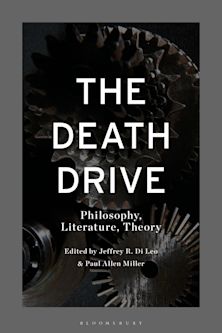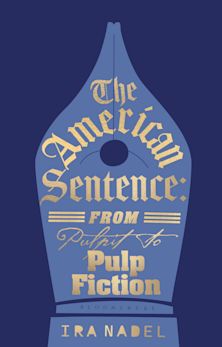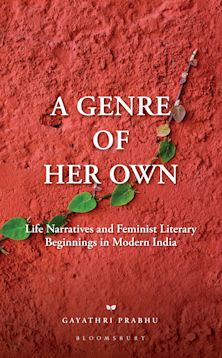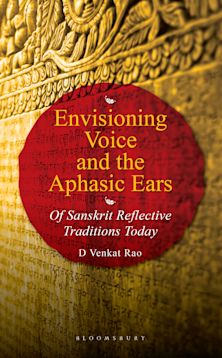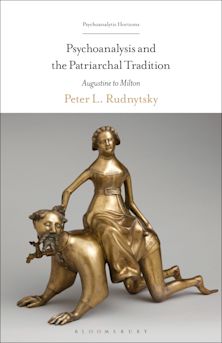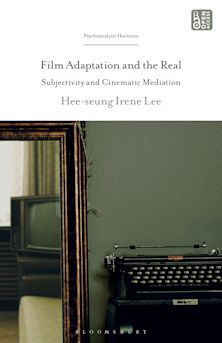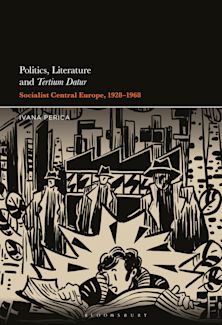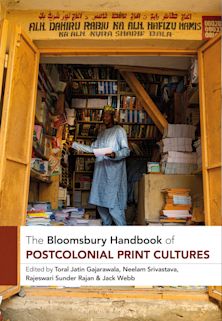- Home
- ACADEMIC
- Literary Studies
- Literary Theory
- The New Human in Literature
The New Human in Literature
Posthuman Visions of Changes in Body, Mind and Society after 1900
The New Human in Literature
Posthuman Visions of Changes in Body, Mind and Society after 1900
You must sign in to add this item to your wishlist. Please sign in or create an account
Description
Twentieth-century literature changed understandings of what it meant to be human. Mads Rosendahl Thomsen, in this historical overview, presents a record of literature's changing ideas of mankind, questioning the degree to which literature records and creates visions of the new human.
Grounded in the theory of Niklas Luhmann and drawing on canonical works, Thomsen uses literary changes in the mind, body and society to define the new human. He begins with the modernist minds of Virginia Woolf, Williams Carlos Williams and Louis-Ferdinand Celine's, discusses the society-changing concepts envisioned by Chinua Achebe, Mo Yan and Orhan Pamuk. He concludes with science fiction, discussing Don DeLillo and Michel Houellebecq's ideas of revolutionizing man through biotechnology.
This is a study about imagination, aesthetics and ethics that demonstrates literature's capacity to not only imagine the future but portray the conflicting desires between individual and various collectives better than any other media. A study that heightens reflections on human evolution and posthumanism.
Table of Contents
Introduction
Part 1 The Triune Human
1 A Systemic View of the Human
2 An Emerging Cultural History of the Twentieth Century
3 History, Technique, Imagination
4 The New Human and the Medium of Literature
Part 2 Self-modernization
5 Virginia Woolf
6 William Carlos Williams
7 Louis-Ferdinand Céline
Part 3 The Grand Projects
8 Chinua Achebe
9 Mo Yan
10 Orhan Pamuk
Part 4 The Final Frontier
11 Literature as Lab
12 Don DeLillo
13 Michel Houellebecq
Conclusion
Notes
Bibliography
Index
Product details

| Published | Sep 26 2013 |
|---|---|
| Format | Ebook (Epub & Mobi) |
| Edition | 1st |
| Extent | 256 |
| ISBN | 9781441114068 |
| Imprint | Bloomsbury Academic |
| Publisher | Bloomsbury Publishing |
About the contributors
Reviews
-
Both a meditation on the status of literature and on that of the human, this book has the tact to treat these two concerns as parallel, but related - not identical. The result is a salutary reminder of the fragility of all "autopoiesis." The New Human in Literature shows how indispensable to ideas of species identity and culture the technological imagination has always been.
Haun Saussy, Professor of Comparative Literature, University of Chicago, USA
-
The relevance of literature is to address the problems associated with modern biotechnology and information technology dilemmas without presenting “under-complex” solutions; the challenge that modern life sciences pose for literature is to find new meaning in the old idea of the "new man". Mads Rosendahl Thomsen's study has accomplished to have developed this exchange in a theoretically demanding and rich way.
Nicolas Pethes, Professor, University of Cologne
-
The refreshing thing about The New Human is that it tackles the rise of posthumanism - or the intensifying debate about human evolution, transformation and succession, which is led from a variety of angles (the spectrum goes from critical posthumanism to transhumanism one could say) - from a historical angle and thus takes a longer term view (i.e. from around 1900). So even though it is aware of the current environment of vast technological change mainly due to biotechnology and digitalisation, its focus is on how these changes are philosophically and aesthetically underpinned by the rise of the idea of a renewal of humanity ('the new human') in modern literature...
...The methodological approach the volume takes is also a major strength...
...One might think, against the run of the argument that this doesn't bode well for the future of literature might there be something essentially 'humanist' about the literary, after all? Or are 'we' currently just facing a temporal horizon within literature¹s history, which momentarily precludes 'us' from imagining a postliterary future in the humanist sense? It is arguably the formulation of this paradoxical nature of literature in dealing with the 'new human' that constitutes the most important achievement of Thomsen's study.Stefan Herbrechter in the Bryn Mawr Review of Comparative Literature

ONLINE RESOURCES
Bloomsbury Collections
This book is available on Bloomsbury Collections where your library has access.











